AI Chatbot vs AI Agent: Customer Support in 2025
Sandra Dajic
May 14, 2025
5 min read
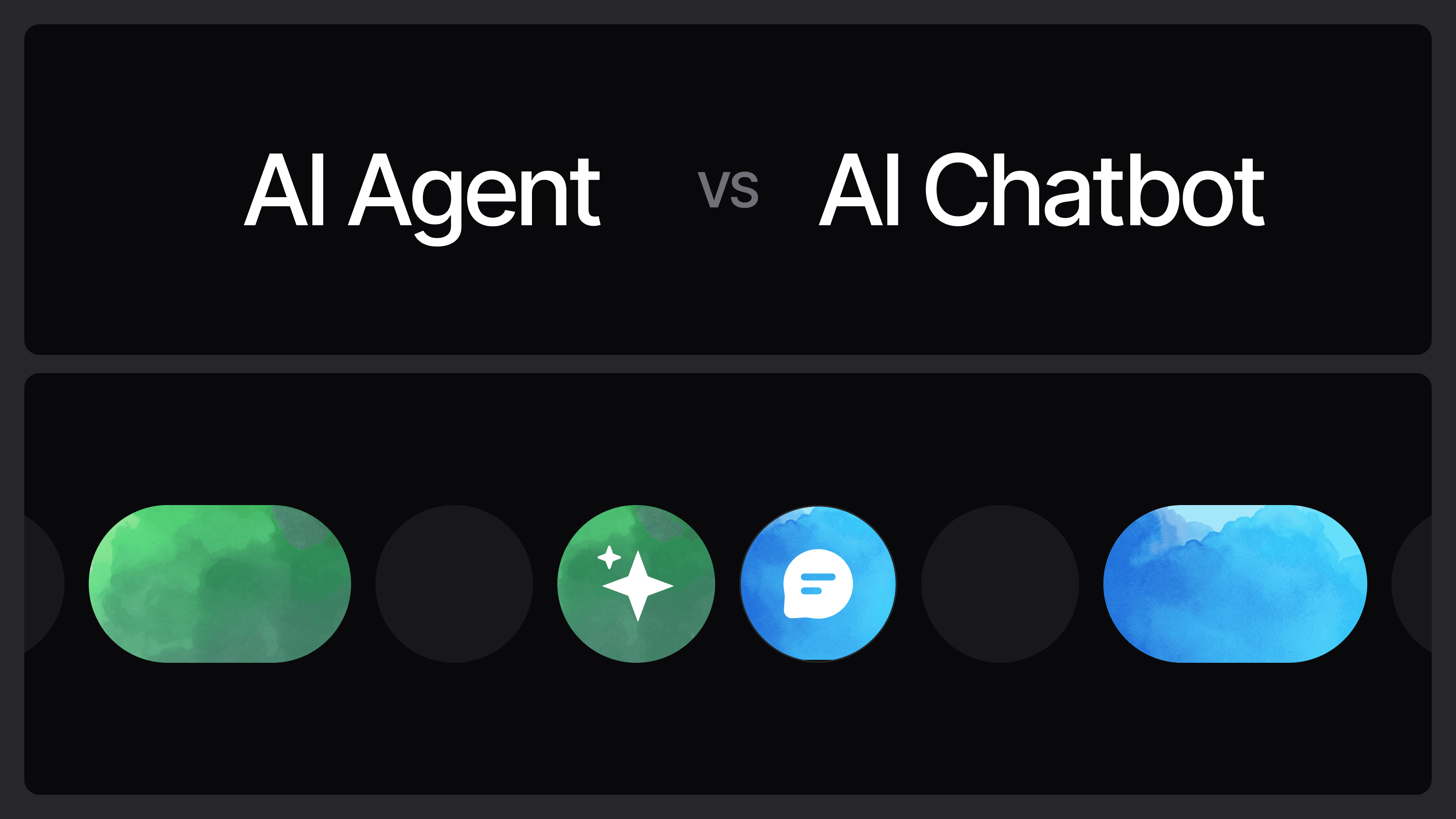
Summary by Chatbase AI
Customer support in 2025 has shifted dramatically from scripted, limited chatbots to autonomous AI agents that understand context, take real action, and actually solve problems without human help.
Modern customer support has come a long way from the days of clunky scripted chatbots. In 2025, AI customer service isn’t about basic bots handing out FAQ answers it’s about autonomous AI agents that can genuinely help customers and get things done. In this post, we’ll clarify what an AI agent actually is, why the term “chatbot” is becoming outdated, and how these modern AI support agents are transforming customer support for the better.
Traditional Chatbots: Helpful but Limited
It’s easy to see why early chatbots took off. They could handle simple questions 24/7 and relieve some pressure from human teams. A typical chatbot was basically an interactive FAQ: predefined scripts, decision trees, and canned responses were its bread and butter.
Ask a chatbot about resetting your password or checking an order status, and it could navigate a fixed flow to give you an answer. This worked well for straightforward, repetitive tasks like booking a basic ticket or answering “What are your hours?. In fact, such bots became ubiquitous in banking, e-commerce, travel anywhere companies faced common questions.
![[object Object]](/_next/image?url=https%3A%2F%2Fcdn.sanity.io%2Fimages%2Fi6kpkyc7%2Fprod-dataset%2F588b5c08befe296dfab03e97d126628cac57d5d8-1092x612.png&w=3840&q=75)
However, these traditional chatbots had serious limitations by design. They didn’t truly “think” or learn from conversations. If you went off-script or phrased something in an unexpected way, the bot often got confused. They had no long-term memory they couldn’t recall what you chatted about last week or sometimes even two minutes ago. Nuance and context were lost on them; they treated each query in isolation.
Emotions or complex situations? Out of scope. For example, if a user vented, “I’ve rescheduled my service appointment three times because I’m too anxious to talk,” a typical bot might only reply with a generic offer to schedule yet another appointment. It’s a response, but not the understanding and compassion the user actually needed. The bottom line: early chatbots were reactive, scripted responders, great for FAQs but easily stumped by anything outside their predefined path.
What Makes an AI Agent Different?
If a legacy chatbot is like a vending machine (you punch in a request and it gives a prepackaged answer), an AI agent is more like a proactive assistant or colleague. It doesn’t just wait for commands it understands, anticipates, and acts on your behalf.
Unlike chatbots that “live in the moment,” AI agents remember context and learn over time.
They carry on a conversation with awareness of past interactions, user preferences, and the bigger picture. This means an agent can recognize patterns (e.g. it knows you’ve contacted support three times about your billing issue) and adjust its approach accordingly.
Crucially, AI agents have something chatbots lack: agency. In practice, that means they can make decisions and take real actions, not just chat. A well-designed AI agent can plan steps to achieve a goal, call external tools or APIs, retrieve information from databases, and execute tasks autonomously to resolve an issue. This is the kind of power that makes AI agent development one of the most exciting frontiers in enterprise automation today.
As one expert succinctly put it, “An AI agent can do tasks for you. It doesn’t just talk, it takes action to help you achieve specific goals.” In other words, it’s not confined to giving answers it can get something done.
Let’s illustrate the difference. Say you message customer support: “My package arrived damaged I need a refund and a replacement.”
- A traditional chatbot might apologize and provide a return merchandise authorization link, or escalate by saying “I’ve created a ticket, someone will email you.” It’s essentially handing you off to the next step.
- A modern AI agent, on the other hand, could instantly verify your order details, initiate a refund, schedule a pickup or replacement delivery, and confirm all that within the same chat. It might say, “So sorry about that! I’ve processed your refund and ordered a replacement to be shipped out tomorrow. You’ll get a confirmation email shortly.” All done in one conversation, no human needed.
This ability to understand intent, use context, and execute on the user’s needs is what sets agents apart. They operate with a degree of autonomy and intelligence that makes interactions feel much more human-like (and frankly, more useful). Under the hood, both chatbots and agents today often use powerful large language models as their “brain.” But an AI agent pairs that brain with eyes, ears, and hands, so to speak – it observes, listens, and takes action in the world (digital or real). It’s the difference between a static Q&A widget and a full-fledged virtual team member that can actually resolve your issue.
Why "Chatbot" Is Starting to Sound Outdated
Given these advances, industry leaders are moving away from calling everything a “chatbot.” The word chatbot often conjures those simplistic scripted bots from the 2010s useful for basic chats, but hardly transformative. In 2025, referring to your AI support system as just a chatbot might undersell what it can do (and risk reminding customers of frustrating bot encounters of the past). The shift in terminology to “AI agents,” “virtual agents,” or “AI assistants ”isn’t just a buzzword trend; it reflects a real paradigm shift in capability and design.
Companies now want customers to expect more than canned answers. For example, Intercom explicitly calls its new GPT-powered support bot “Fin AI Agent,” emphasizing that it can resolve issues, not merely deflect them. Zendesk in 2025 touted an “Agentic AI” in its Resolution Suite, highlighting that the AI will strive to solve problems end-to-end rather than pass you around.
In short, the term “chatbot” feels too narrow for these richer, goal-oriented AI systems. It’s like calling a smartphone a “cellphone” technically true, but missing the point of how much more it now does.
Companies are adjusting their vocabulary and messaging to signal that their support AI is smarter and more capable than yesterday’s bot. (After all, if your automated assistant can process refunds or book appointments autonomously, you want the world to know it’s not a generic FAQ bot.)
Trends 2023–2025: From Bots to Autonomous Agents
The evolution from chatbots to agents didn’t happen overnight it’s been building over the last couple of years, with rapid acceleration thanks to advances in AI. In 2023, large language models (think GPT-3.5 and GPT-4) burst onto the scene and dramatically improved machines’ ability to understand natural language.
Suddenly, even consumer-facing “bots” became far more conversational and intelligent. This paved the way for turning basic Q&A bots into something more “agentic.” By late 2023 and 2024, we saw the rise of frameworks for AI agents that could plug into tools and carry out multi-step tasks (the buzz around things like AutoGPT and “autonomous agents” showed what was possible).
The big customer service players quickly jumped on this trend. Every major support platform began launching AI agent features
- Chatbase introduced AI agents that go beyond answering FAQs. By training agents on a company’s own data and connecting them to tools like Stripe, Zendesk, and Calendly, Chatbase enables support teams to automate real tasks like sharing invoices, rescheduling meetings, or escalating issues, directly in the chat. No engineering work needed.
- Intercom’s Fin (launched 2023) uses OpenAI/Anthropic models to deliver instant, human-quality answers 24/7. Fin reportedly resolves up to 86% of customer questions with personalized responses, slashing typical reply times from 30 minutes to mere seconds. Crucially, Intercom didn’t design Fin to be a deflection bot – they wanted it to truly resolve issues whenever possible, rather than frustrate users with dead-ends.
- Salesforce Einstein GPT for Service (rolled out in 2024) embedded a generative AI sidekick into CRM workflows. It can draft tailored responses and even take actions across channels (email, chat, voice) in real time using a customer’s CRM data context. Essentially, it’s an AI co-pilot within Salesforce that can not only suggest answers but also execute tasks like updating records or scheduling follow-ups.
- Zendesk AI & “Resolution Bot” (debuted 2025) shifted focus from simple responses to actual resolutions. Zendesk’s new AI agents tie into a knowledge graph and have integrations so they can solve issues, not just log them. For example, Zendesk’s AI Copilot can autonomously create a Jira ticket for an engineering team or post an update in Slack – without waiting on a human to do it. That’s a huge leap in autonomy for a customer service AI.
- Freshworks Freddy (updated with gen AI in 2024) became an “always-on” virtual agent that businesses can deploy in minutes. Trained on a company’s FAQs and guides, Freddy was shown to resolve 40–45% of incoming tickets on average by itself. It works across web, mobile, and social channels, handing off only the tougher stuff to humans. The time saved has boosted human agent productivity (and morale) significantly
- Microsoft’s Copilot (announced for Dynamics 365 and beyond) brought generative AI assistance into the enterprise support toolkit. Copilot can sit with human agents, suggesting knowledge base answers, translating on the fly, summarizing customer conversations, and generally acting like a tireless support coach. Microsoft’s angle has been more about empowering human agents with AI, but it’s part of the same trend toward AI-augmented support.
And it’s not just tech giants. A flurry of startups and platforms focused on “AI agent” capabilities emerged to help all sorts of businesses build their own autonomous support agents. (Many of these didn’t even exist a few years ago.)
This momentum shows in the market data: the AI agent market is exploding with investment and adoption. In fact, some projections show the global AI agents market reaching $7.6 billion in 2025 (up from $5.4B in 2024) and growing at ~45% CAGR through 2030. That’s nearly double the growth rate of the more mature chatbot market, which is expanding around 23% annually. By one estimate, 85% of enterprises will be using AI agents in some form by end of 2025, as companies race to automate more customer interactions without sacrificing quality.
In short, from 2023 to 2025 we’ve seen a clear industry shift: basic bots are out, and autonomous AI agents are in. Businesses are investing heavily to upgrade their support experience with these agents, viewing them not just as cost-saving bots, but as a way to deliver faster and smarter service (and even gain an edge on competitors). Support is no longer just a cost center – with the right AI agent strategy, it’s becoming a competitive differentiator.
Real-World Examples: AI Agents in Action
All this talk sounds great, but what are AI agents actually doing today in customer support? Let’s look at a few real use cases across different industries. These examples show how AI agents are handling tasks that used to require multiple back-and-forth emails or phone calls – essentially becoming digital employees who can tackle issues from start to finish:
- Handling Billing and Refunds: Financial services and e-commerce companies have embraced AI agents to deal with transactions and refunds seamlessly. For instance, Klarna (a global payments provider) deployed a generative AI agent that handles inquiries about refunds, returns, payments, and cancellations across 35 languages.
It responds within about 2 minutes on average (down from 11 minutes previously) and now manages 75% of all customer chats with customer satisfaction on par with human agents. That’s millions of interactions handled by an AI that actually issues refunds and processes requests on the fly. Customers get their money back or issues resolved faster, and Klarna’s support team is freed up to focus on more complex cases. This is a huge leap from a FAQ chatbot that could maybe direct you to a refund policy page – the agent is actually doing the refund.
- Rescheduling and Appointments: In retail and logistics, AI agents are coordinating schedules and managing changes in real-time. Best Buy, for example, introduced a virtual AI assistant that can troubleshoot product issues and reschedule deliveries or service appointments for customers. If you need to change your delivery date or update an installation appointment, the AI agent can handle it right in the chat – checking available slots, updating the booking, and confirming the new schedule.
This level of integration (tied into inventory, delivery logistics, calendars, etc.) means customers don’t have to call support and wait on hold to make simple changes. The agent does it instantly. Travel companies are doing similar things consider an airline’s AI agent that can automatically rebook you on a new flight when yours is canceled, or a hotel’s agent that can make/change reservations via chat. These agents tap into backend systems to take action on scheduling tasks, not just tell you to call a number.
- Complex Support Tickets & Escalations: AI agents are also getting sophisticated at knowing their limits and looping in humans when needed – but even then, they do a lot of the heavy lifting.
Take ING Bank: they developed an AI support agent that now resolves a large chunk of routine banking queries, and even when an issue needs a human, the agent has already gathered all relevant info and created a support ticket with context for the human team. That means customers don’t have to repeat themselves, and the handoff is smooth. Similarly, many customer service AI agents can create or update tickets in systems like Zendesk, ServiceNow, or Jira.
One example is Zendesk’s own AI which can open a Jira ticket for engineering when a bug is reported – the agent writes up the issue details and files it, so nothing falls through the cracks. In customer support scenarios, an AI agent might handle a multi-step troubleshooting conversation, then log a ticket with the entire conversation and diagnostic info attached, tagging the right department. It’s doing the scut work that a level 1 support rep would traditionally do, often faster and with fewer errors.
- Personalized Customer Guidance: Modern AI agents can also serve as personalized guides or advisors, not just problem-solvers. In retail, for example, H&M’s virtual assistant acts like a personal shopper – it can suggest outfit ideas, help with size recommendations, and answer detailed questions about products or returns.
Because it has memory of your preferences (and maybe purchase history), it can tailor the interaction as a human sales assistant might. This agent also cut response times by 70% compared to H&M’s human support, and it’s available 24/7 for customers around the world.
Another case: Mercedes-Benz’s AI assistant helps customers schedule test drives or even initiate a car purchase via natural conversation.
These examples show that agents aren’t limited to “customer support” in the narrow sense – they’re blending into sales and service roles, providing a cohesive experience. The common thread is deep integration: the AI agent knows about inventory, accounts, past interactions, and can perform transactions. It’s more than an FAQ bot – it’s a digital representative that can actually drive outcomes.
These real-world deployments underscore how far we’ve come. AI agents in 2025 are handling everything from billing disputes to booking appointments to creating tickets, often in one seamless interaction. And they’re doing it at scale – banking AI servicing tens of thousands of inquiries a week, retail AI assisting millions of shoppers, etc. The result is faster resolutions for customers and significant efficiency gains for companies.
A support agent that never sleeps, speaks dozens of languages, and improves over time is no longer science fiction; it’s here, delivering tangible ROI (for example, Klarna estimates its AI agent could save $40 million annually in support costs while keeping satisfaction high).
Rethinking Your Support Stack (and Vocabulary)
With these capabilities on the table, companies need to rethink both the technology and terminology of their support operations.
First, technology stack: to leverage an AI agent fully, it has to be woven into your systems. That means integrating the AI with your CRM, order databases, ticketing system, scheduling tools, and even AI phone call platforms, via APIs or connectors.Unlike a simple chatbot widget you could bolt on to your website, an AI agent is most effective when it’s plugged into your business logic and data.
Many forward-thinking companies are now treating the AI agent as a central part of the support team akin to a new hire that needs access to all the right knowledge and tools to do the job. This may involve re-architecting how information flows in your support stack.
For example, if previously your bot could only fetch FAQ answers, now you want your AI agent to be able to query customer data, trigger workflows (like issuing a refund in the billing system), and update records. That requires robust integration and often a platform to orchestrate these actions safely. The payoff is huge: customers get self-service that actually serves, not just “self-service” that redirects them to a phone line.
Second, vocabulary and mindset: It might seem trivial, but what you call your AI assistant can influence both internal approach and customer expectations. Calling it a “chatbot” might lead teams to design it with a narrow FAQ mentality. Thinking of it (and naming it) as an AI agent or virtual agent encourages a broader vision – you start expecting it to handle more complex tasks and to be an active agent in workflows. We see many companies now branding their AI assistants with unique names or titles (“assistant,” “agent,” “guide,” etc.) to signal that it’s not the same old bot. Internally, this shift in vocabulary helps teams embrace the AI as part of the support workforce rather than a simple tool. It prompts questions like, “What processes can we offload to the AI agent? How do we train it and measure its performance?” rather than just “What FAQs should we load into the bot?”. In essence, you begin to manage your AI agent almost like you manage a human agent – giving it access, training (feeding it up-to-date knowledge and context), and continuously improving it.
There’s also a trust element. Customers historically often tried to “escape” chatbots to reach a human, because they assumed the bot was limited. But if you position your AI as an intelligent agent capable of real help, customers are more likely to engage with it meaningfully. Some companies explicitly inform users that the AI can handle tasks like account changes or refunds to set the right expectation. Rethinking the vocabulary from chatbot to AI agent is about changing the perception from a simplistic automated responder to a competent virtual assistant. This change in mindset, paired with the right tech stack updates, is key to unlocking the full potential of modern AI support.
Leading the Charge: Chatbase and the AI Agent Revolution
Amid this sea change, a few platforms have emerged as leaders in enabling the transition from bots to agents. Chatbase is one example of a company at the forefront. Chatbase started as a popular AI chatbot platform, helping thousands of businesses build custom chatbots trained on their own data. But recognizing where support was headed, Chatbase evolved into a full AI agent platform for customer support. What does that mean? Essentially, Chatbase gives companies the tools to create their own autonomous AI support agents ones that don’t just chat, but can do things.
With Chatbase, you can feed in your company knowledge (documents, guides, FAQs) plus connect the AI to your live systems via integrations or API calls.
The result is an AI agent that is deeply knowledgeable and action-capable. For example, a Chatbase-powered agent can understand a refund policy from your knowledge base, and also execute a refund through your payment system because it’s hooked into your APIs. It can schedule appointments by talking to your calendaring app, or update a customer’s order status in your CRM all within the conversation. This is the kind of end-to-end service that defines an AI agent, and Chatbase’s platform is making it accessible even to companies that don’t have huge AI teams of their own. In short, Chatbase is turning the vision of AI agents into practical reality for many businesses. By letting organizations train an agent on their data and incorporate “AI actions” for their workflows, it’s helping move support from a cost center to a value driver.
Of course, Chatbase isn’t alone the big tech players and other startups we discussed are all contributing to this ecosystem. But Chatbase has positioned itself as a leader in this transition by focusing on the autonomy and integration aspects from the get-go. The key is that it’s not just about answering questions; it’s about getting things done, which is the core theme of this whole movement from chatbots to agents.
Conclusion: Embracing the AI Support Era
The gap between “chatbot vs AI agent” is much more than a naming nuance it marks the difference between a basic Q&A widget and a transformative force in your support strategy. In 2025, modern AI support is defined by agents that combine the best of conversational AI with real action-taking abilities. They bring memory, context, and integration to every interaction, delivering help that truly feels helpful. Companies that embrace this shift are seeing faster resolutions, happier customers, and more efficient support operations. Those clinging to old-school bots, meanwhile, risk falling behind as customer expectations evolve.
To make the most of this new era of AI customer service in 2025, businesses should evaluate their support stack and ask: Are we still just offering a chatbot, or are we deploying a true AI agent? The answer could determine whether your customer experience feels stuck in the past or surges ahead to the future. By rethinking tools, workflows, and even the language we use (bye bye “chatbot”; hello “AI agent”), support teams can unlock a new level of service quality.
The evidence is clear from fintech to retail to banking, AI agents are already proving their worth in the real world. They’re not perfect (human support isn’t going away, and agents still need oversight), but they are raising the bar for what “good” service means: instant, personalized, and actionable. Companies that get it right will turn support from a cost into a competitive edge.
The bottom line? It’s time to retire the scripted bot stereotypes. The AI agents have arrived, and they’re here to help (truly). Businesses that adapt their mindset and technology to leverage these agents will find themselves not only saving time and money, but also delighting customers in ways that just weren’t possible before. And that’s a win-win that no one will call “outdated.
Share this article:
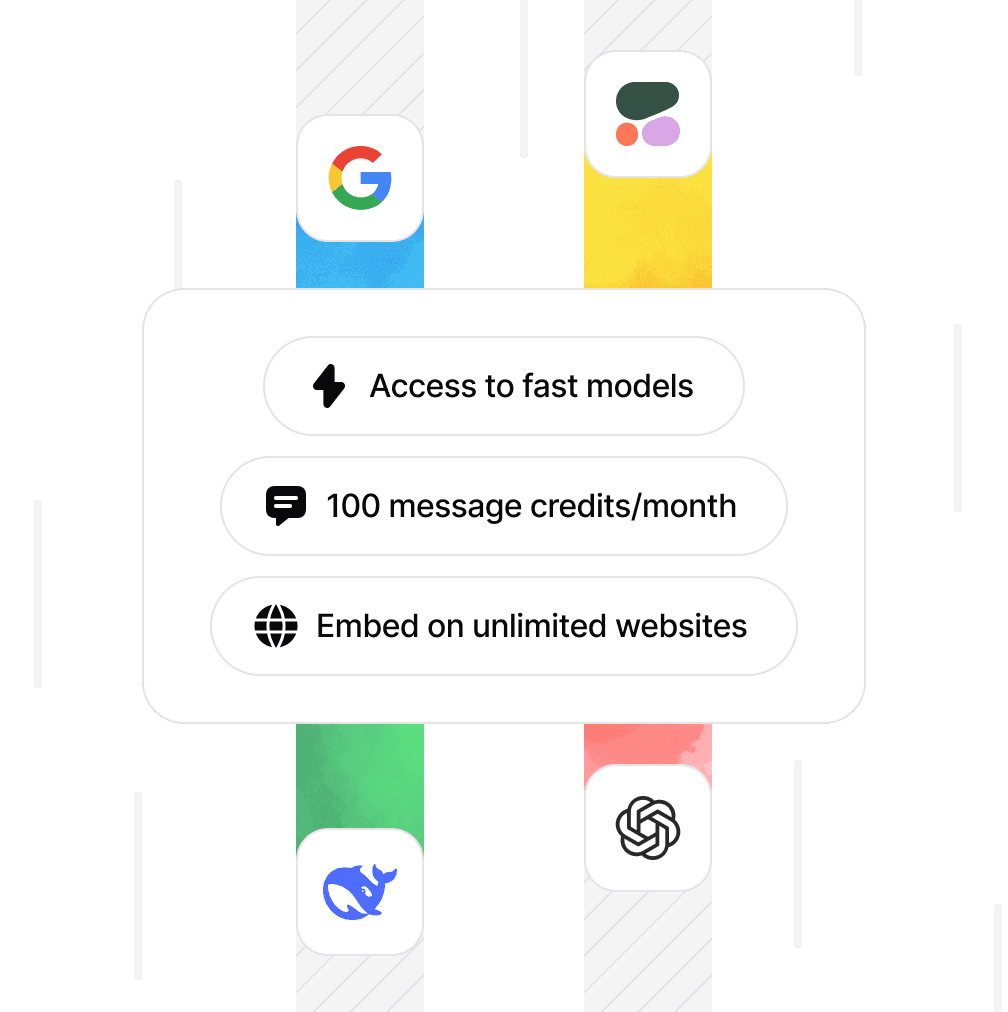
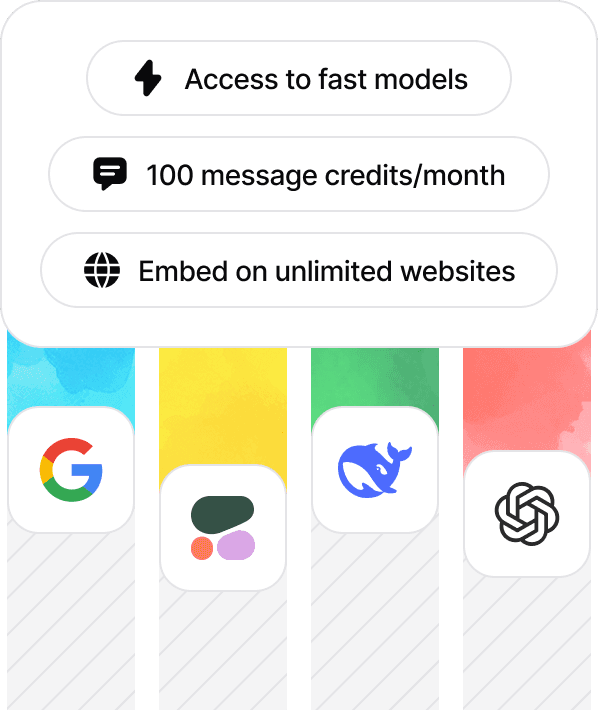
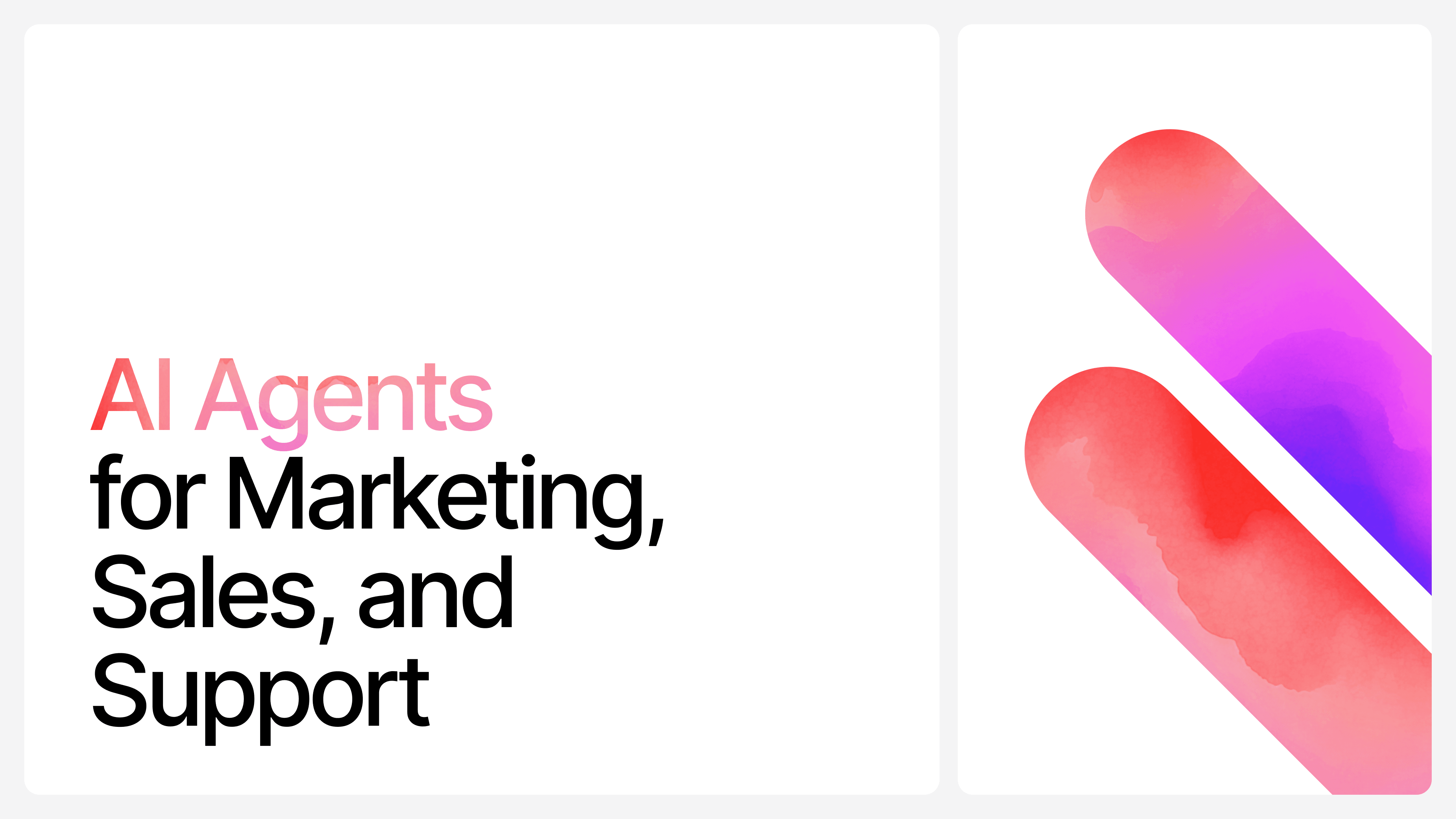
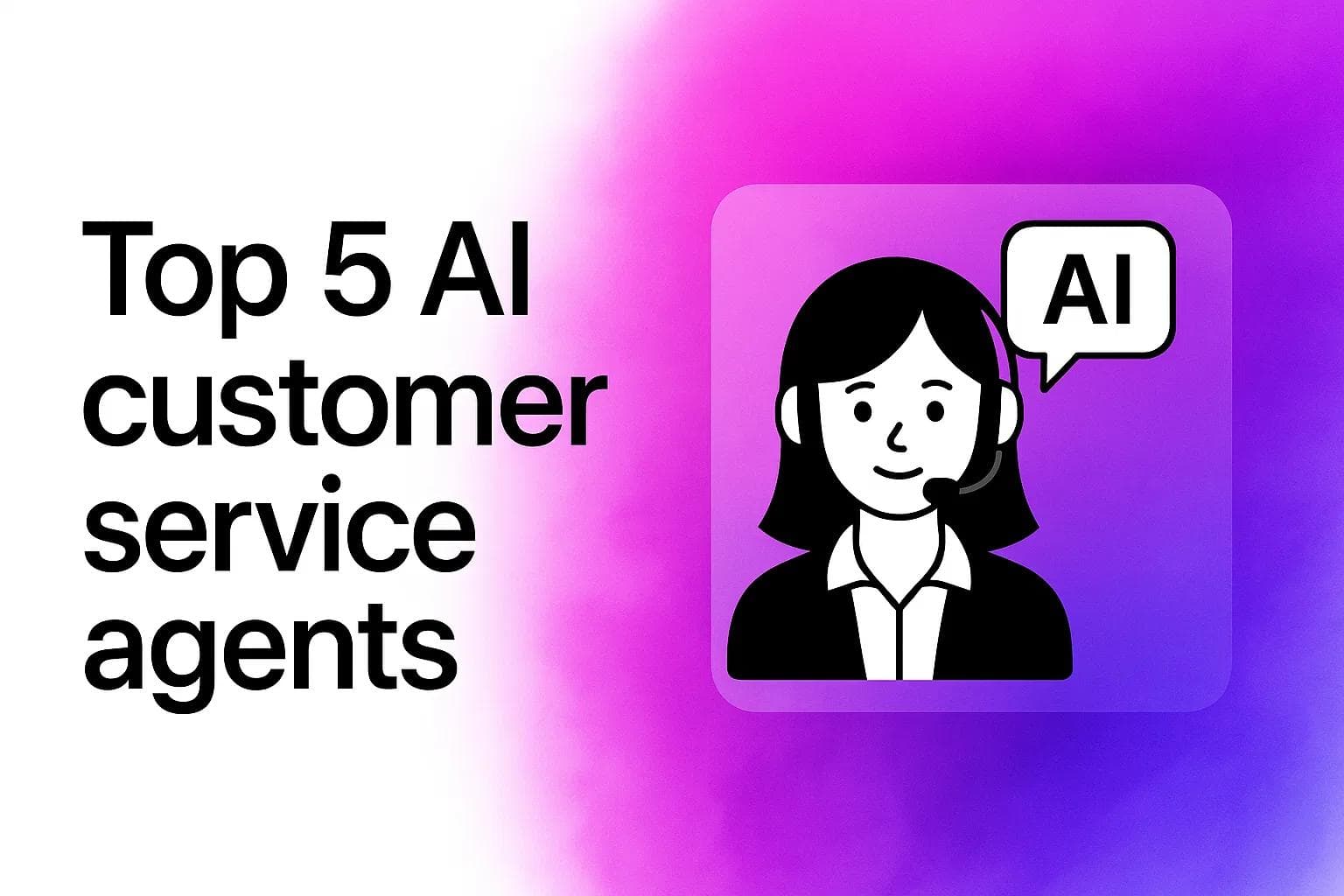
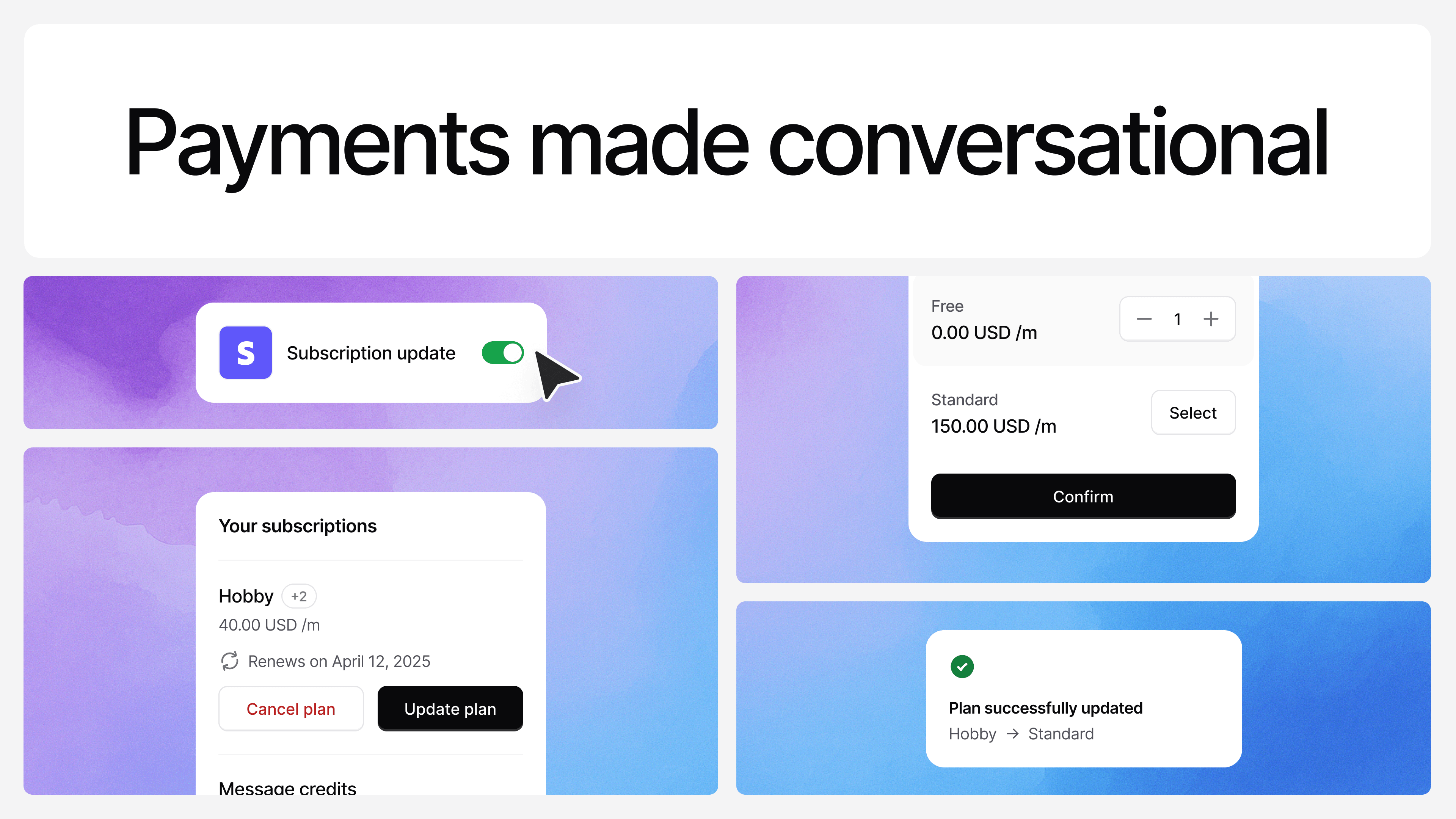
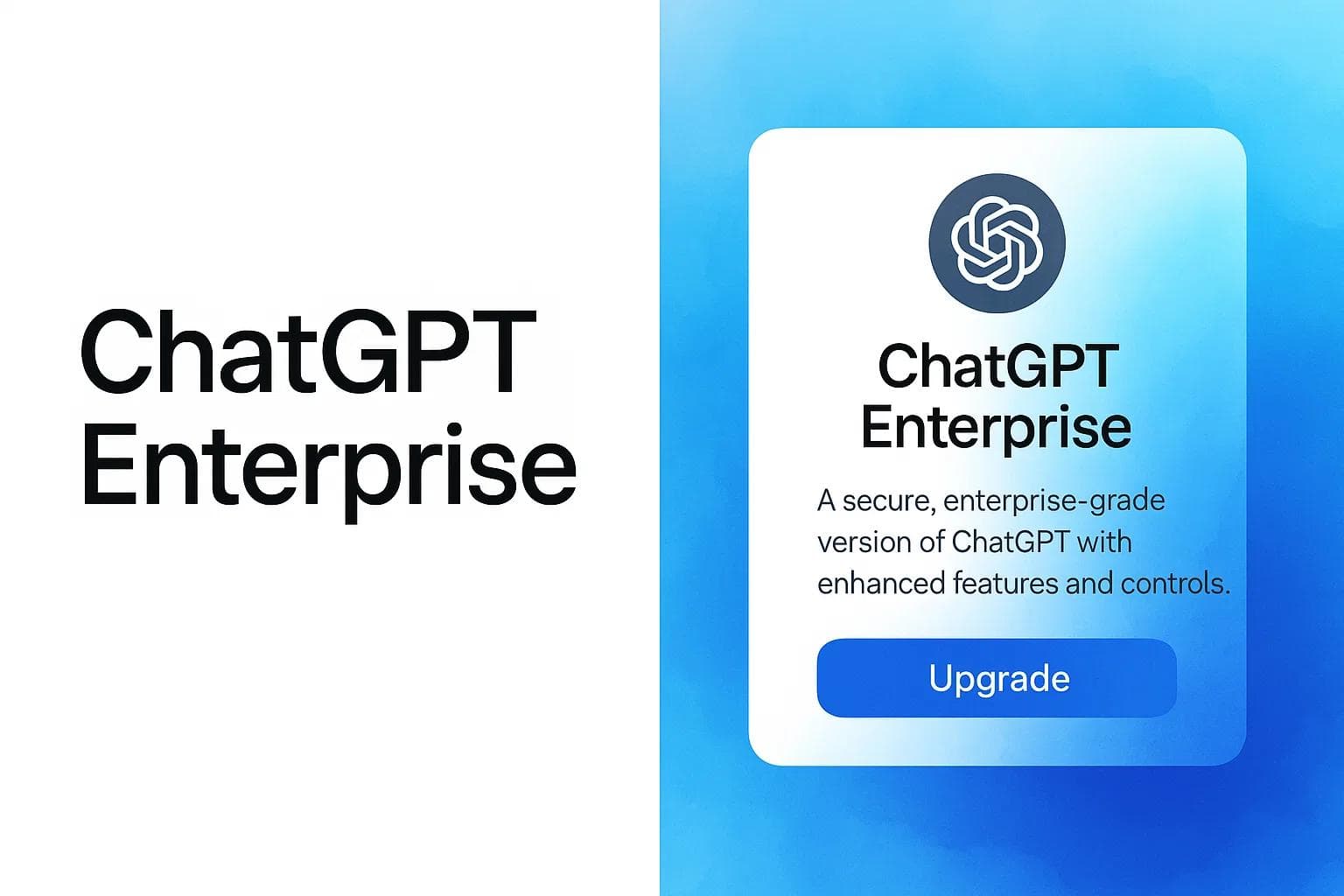

![How to access and use GPT-5 [2025]](/_next/image?url=https%3A%2F%2Fcdn.sanity.io%2Fimages%2Fi6kpkyc7%2Fprod-dataset%2Fb37c5291bb4f8846e841e87d6254d0cde2dc6c88-1536x1024.png&w=3840&q=75)